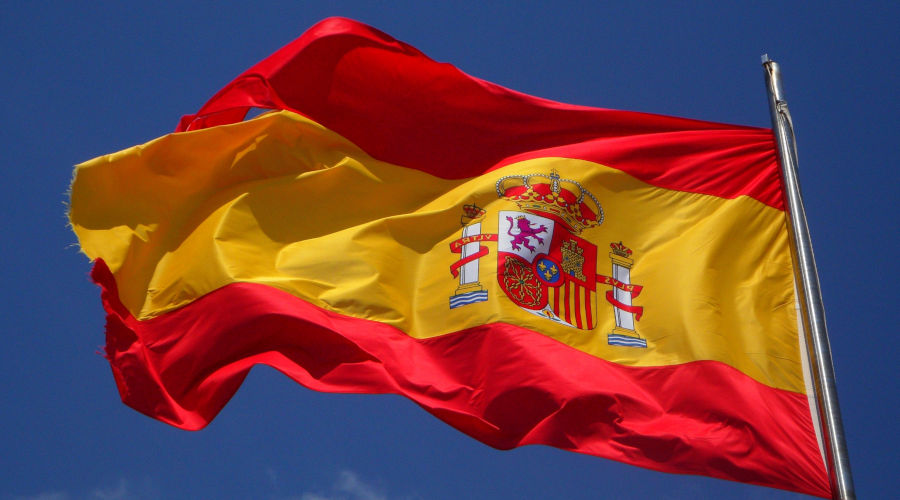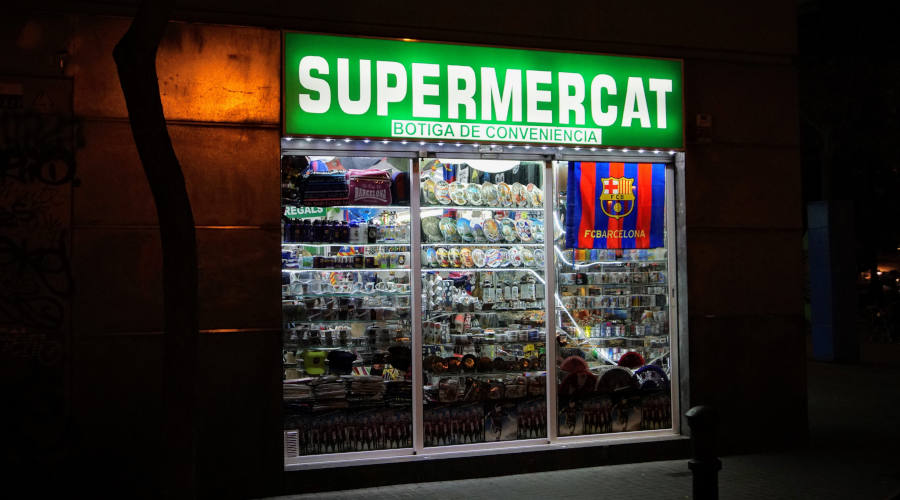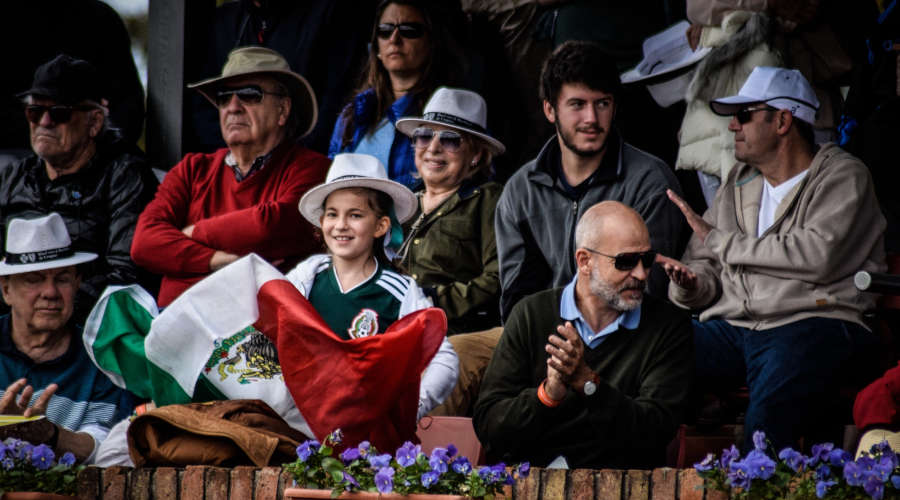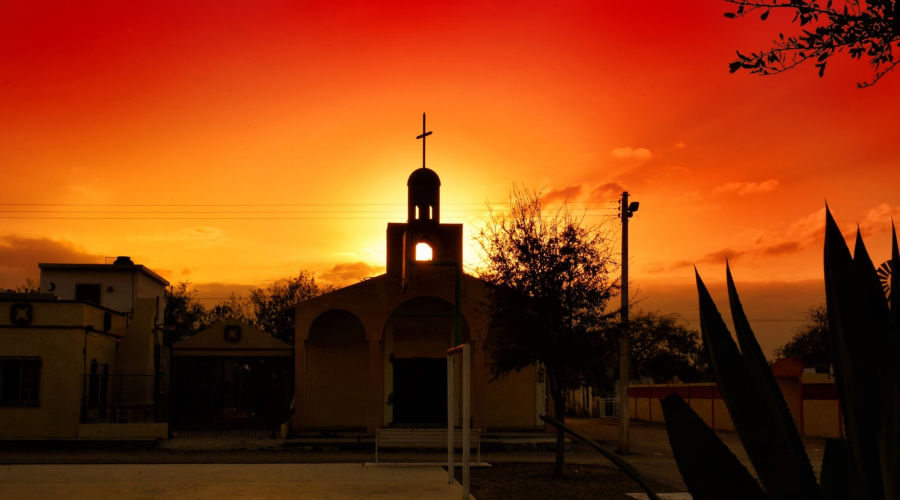You have probably heard that Spanish is, in terms of native speakers, the second most spoken language in the world, second only to Mandarin. However, did you know that the Spanish language is not the same all around the world? Just as English is not the same in the USA, Ireland, England, Australia, South Africa, etc., there are many different types of Spanish. Probably more than you can imagine!
So what are they? And how does this happen?

Castilian Spanish is one of the dialects spoken in Spain.
Well, language does not exist in a vacuum: it is a social phenomenon. As such, we find differences in speakers’ pronunciation, grammar, and vocabulary according to social factors.
These factors include their:
- Place of origin
- Place of residence
- Ethnicity
- Gender
- Years of formal education
- Income
- Etc.
So maybe you’d like to know: what’s the difference between Latin American Spanish vs. Spain Spanish? or what’s the difference between Mexican Spanish and Colombian Spanish? How many different types of Spanish language are there?
Table of Contents
However, before we tell you about the different Spanish dialects and accents, it is important that we explain some technical terms that a lot of people mistakenly use as synonyms. The below definitions are based on the works of linguists Arthur Hughes, Peter Trudgill, and Dominic Watt about variation in language:
- Dialect (or variety): “A dialect is a language variety distinguished from other varieties by differences of grammar and vocabulary. Standard British English is, therefore, a dialect of English, just as the other standard dialects of the language (Standard Scottish English, American English, etc.) are, and all the non-standard dialects of the language too.”
- Accent: “Accent, on the other hand, just refers to variations in pronunciation.”
As per the definitions above, everyone speaks a dialect (or a language variety, which is a synonym), and a dialect need not be spoken with any particular accent. For example, someone born in Mexico who pronounces with a Mexican accent is totally capable of speaking the European Spanish dialect/variety (because ‘accent’ only concerns pronunciation, while ‘dialect’ concerns grammar and vocabulary).
It is important to mention, too, that the group of people who speak a certain dialect or variety are called “a speech community.” Each dialect or language variety is suited to its community of speakers, and each changes as that speech community and its demands evolve.

A convenience store with a Barcelona flag hanging in the window.
The Main Types of Spanish Around the World
8 Types of Spanish
- US Spanish
- Castilian Spanish
- Andalusian Spanish
- Murcian Spanish
- Canarian Spanish
- Caribbean Spanish
- Rioplatense Spanish
- Equatoguinean Spanish
Even though regional differences between Spanish dialects are not as great as to cause unintelligibility among speakers from different areas, it is possible to divide the world’s Spanish varieties into a few major groups:
- US Spanish: Did you know that the US has more Spanish speakers than Spain? That’s right! An astounding 41 million native Spanish speakers, and more than 52 million can speak the language (if we count non-native speakers). The Spanish language has been present in the United States since the 15th century with the arrival of Spanish colonizers. Nowadays, the US speech community speaks mainly Mexican Spanish, largely due to the huge number of Mexicans that have migrated to the United States during the past two centuries. Other Spanish dialects are also present in the US territory, such as the ones spoken in the eastern coastal states and the variety named by some linguists as New Mexican Spanish (present in New Mexico and a few regions of the state of Colorado).
Learn More
Want to reach US Hispanics with your products or services? Learn how in our article: The Untapped Market: Hispanics of the United States.

41 million native Spanish speakers live in the United States of America, and they speak a variety of different dialects of Spanish.
- European Spanish: This is a broad term that refers to Spanish spoken in continental Spain and the Spanish islands. Some people refer to it also as ‘Peninsular Spanish’ or ‘Spanish of Spain’. Believe it or not, there are actually different types of Spanish spoken in Spain. European Spanish can be subdivided into the below:
- Castilian Spanish: It developed from Latin after the Roman conquest of what is today Spain. By the 15th century, Castilian Spanish had become the dominant dialect in the whole peninsula. In the years that followed, it became the language of the Spanish Empire in the New World, which is why you may hear some people refer to Spanish as ‘castellano’ instead of ‘español’.
- Andalusian Spanish: It includes the dialects from Andalusia, Ceuta, Melilla, and Gibraltar, which are among the ones with more speakers in Spain due to the large population of this region.A curious fact is that most Latin American Spanish dialects, due to massive emigration from Andalusia to the Spanish colonies in Latin America, are thought to be based on Western Andalusian Spanish. In fact, the use of ‘ustedes’ instead of ‘vosotros’ for the second person plural, as well as the use of seseo (also present in the dialects of the Canary Islands), are features present both in Latin American and Andalusian Spanish varieties.
- Murcian Spanish: As explained in this Cambridge research paper, “Murcian Spanish is a regional variety of Spanish spoken in the Comunidad Autónoma de Murcia in south-eastern Spain. It is commonly heard in the capital city, Murcia, with 450,000 inhabitants, situated in the Segura River plain (Central Zone), and in a number of towns like Cartagena, Yecla and Jumilla, Lorca and Águilas, and Caravaca and Calasparra.”
- Canarian Spanish: It is the dialect from the Canary Islands, and it is actually pretty similar to Western Andalusian Spanish and to Caribbean Spanish (see below).

Spanish Scenery—Castilian Spanish, Andalusian Spanish, and Murcian Spanish are Spanish dialects spoken on the European mainland.
- Latin American Spanish: Spanish is also the official language of most South American countries (except for Brazil and Guyana), of six Central American republics, and of Mexico, Cuba, the Dominican Republic, and Puerto Rico.‘Latin American Spanish’ is used as an umbrella term because Latin American countries present fewer variations in respect to one another than they do as a whole in respect to Spain. However, each country within Latin America (and each region within such countries) presents a characteristic dialect of its own (Colombian Spanish, Peruvian Spanish, Bolivian Spanish, etc.).
- Caribbean Spanish: When you consider that the colonists who settled in the Caribbean islands came largely from the Canary Islands and Andalusia, the similarities between Caribbean, Andalusian, and Canarian Spanish start to make sense. The similarities include phonetic features (like consonantal weakening), syntax and morphology (like non-inverted WH questions), and lexicon (vocabulary).
- Rioplatense Spanish: Typical of Argentina and Uruguay (the areas in and around the River Plate), Rioplatense Spanish is the black sheep of the Latin American continent because it differs significantly from the other dialects in the region.Some linguists attribute such a noticeable difference to the geographical proximity with Brazilian Portuguese and to the influence of the Araucano, Quechua, and Guaraní languages, but the actual reasons are not clear. The main features of Rioplatense Spanish include: a unique intonation influenced by Italian (explained by the large Italian settlements in the region); voseo (the use of ‘vos’ instead of ‘tú’ for the second person singular, and of ‘ustedes’ instead of ‘vosotros’ for the second person plural, with all the associated verb inflections); sheísmo (a particular pronunciation of ll and y); and loanwords from German, French, Italian, and English (due to the European emigration to Argentina at the end of the 19th century and beginning of the 20th century).
Learn More
Thinking about investing or expanding your business in Latin America? Good idea! Get up to speed on the opportunities with our articles about The Dominican Republic (Why Paradise Is The Perfect Place To Invest Your Money) and Mexico (Pros And Cons Of Doing Business In Mexico — Should You Go?).

An aerial view of a cityscape in Mexico. The dialect of Spanish spoken in Mexico differs from that spoken in Spain.
- Equatoguinean Spanish: It is the variety of Spanish spoken in Equatorial Guinea, and the only Spanish variety or dialect that holds national official status in Sub-Saharan Africa. More similar to European Spanish than to the Latin American Spanish dialects, its pronunciation and some of its vocabulary has received the influence of German immigration and of native Guineans.
Are You Traveling With Pets?
Learn how to do international travel from our article: A Comprehensive Guide To International Travel With Dogs.
What is the Best or Most Correct Spanish Dialect?
We cannot compare language varieties in terms of which one is better.
There are misconceptions about this matter, held mainly by non-linguists, and which take the form of unsubstantiated claims.
Remember we said everyone speaks a dialect?
It is a linguistic fact that all dialects are equally effective in expressing ideas among the right groups of people. So where does the notion that certain dialects of Spanish are ‘better’ or ‘more correct’ stem from?
Well, such misconceptions have less to do with the inherent qualities of each variety than they do with a struggle over authority and power.
For instance, many people will argue that British English, as the language of the British Empire, is ‘the real deal’ and that all other varieties are ‘a deformation of British English’. Something similar happens with every one of the most widely spoken languages of the world, and Spanish is not an exception.
While it is true that all types of Spanish share a common historical root, claiming that one of them is ‘the original type’ and that all others are ‘less correct’ versions of it is simply incorrect from a linguistic point of view. But that is a topic for another article.
What you really want to know is what type of Spanish is right for your content. Let’s answer that question below.

When translating content into Spanish, what variety of Spanish should you choose? It all depends on the intended audience as well as the content matter. More info below.
Translating into Spanish: What Type of Spanish Should I Choose?
The only person who holds the answer to this question is you. What is the purpose behind your decision to translate your documents?
- Do you want to make your website rank higher on Google?
- Do you want more website visitors to buy a product from your online store?
Marketers: Here’s a guide on how to organize the URL structure of a multilingual website
Read it here: The Best URL Structure for International SEO [Complete Guide]
- Do you need legal paperwork in the target language for a specific business transaction?
- Have you produced a video and you want to have it subtitled for YouTube?
Here are our recommendations.
Use Local Types of Spanish Language for Marketing
When it comes to marketing, for example, there is substantial evidence that localizing a text into the regional dialect yields the best financial results because conversion is higher.
Readers must believe that the text was written locally. They get a feeling of trust—that your company knows their culture and needs.
Further, with this approach the content takes into account the target culture and is adapted for local consumption.

For translation of marketing materials be sure to choose the local variety of Spanish
Use So Called “Neutral” Spanish for Informational Content
However, other types of texts outside the field of marketing, like a medical prospect, can be translated into what some people incorrectly call ‘neutral’ or ‘universal’ Spanish.
While there is actually no such thing as a ‘neutral’ or ‘universal’ variety, the person in charge of your translation can certainly choose the words that are most recognizable to the greatest number of Spanish speakers who will be reading the translation. The emphasis, therefore, is on intelligibility rather than on cultural appropriateness, and this is an option that works with only a few types of texts.
Still Not Sure What Type of Spanish to Choose?
You may still be unsure of what dialect or type of Spanish you should choose.
No worries!
No one knows better what type to choose than those who are professional linguists.
Before you decide which one of all the different types of Spanish you will choose for your translation, get in touch with us and explain your project requirements to one of our project managers.
Along with our expert translators we can recommend the best approach for your particular needs.
María Scheibengraf, currently based in London, is an English>Spanish Translator, Interpreter, Transcreator, Proofreader, and Copywriter with 8+ years of experience.
Are you a Spanish speaker?
Is there a unique Spanish expression or saying in the region you come from? Leave us a comment below to let us know!
Get free translation tips straight to your inbox!
- Get tips on how to translate your website, marketing materials!
- Get actionable advice to help you succeed with international business.
- Be the first to access free language and management tools.




Where does the basque Latin or latin basque fall under?……or should it get a category/subsection of own? Or is that where the term Vasco comes from? What the hell is Vasco?